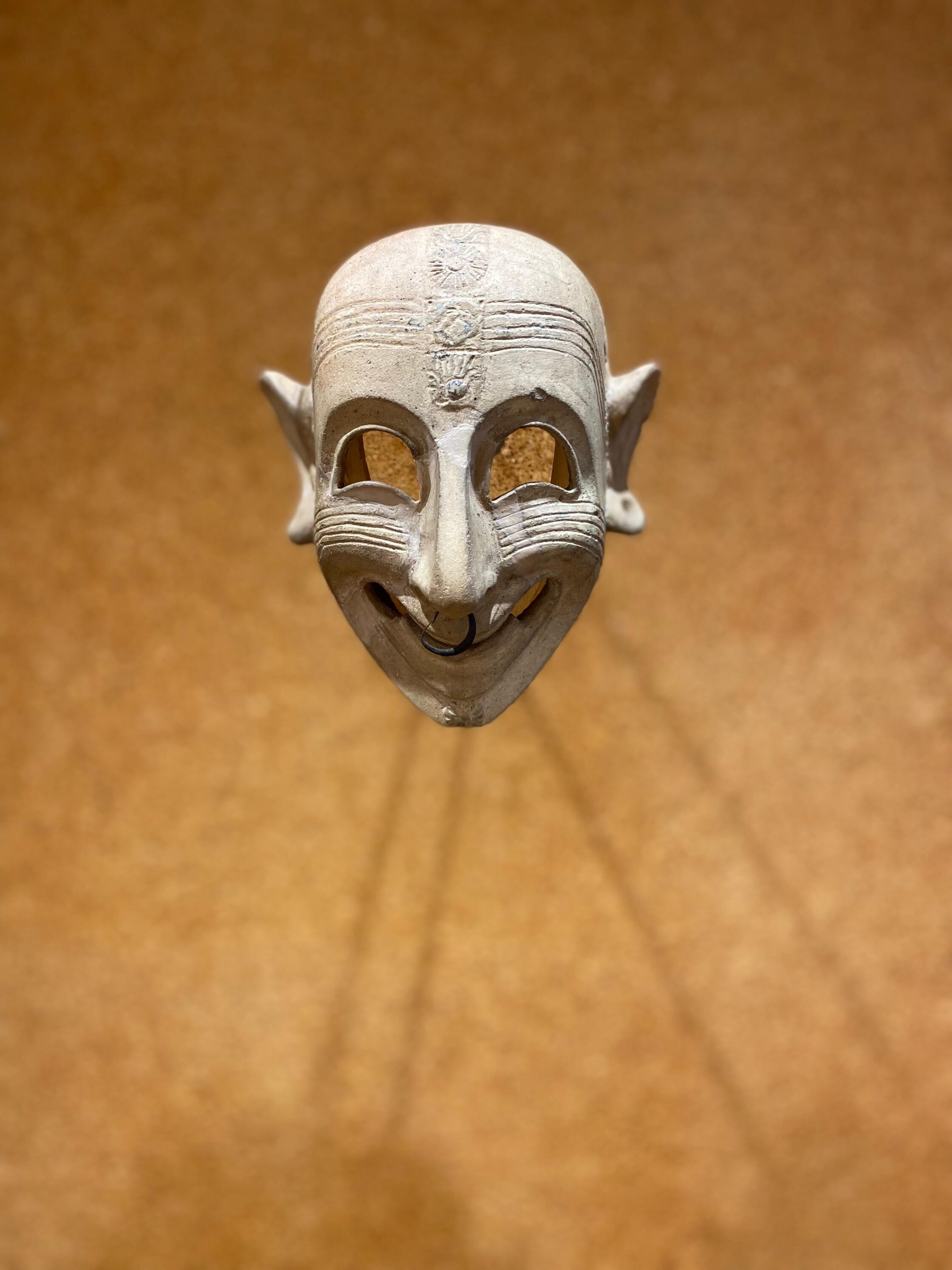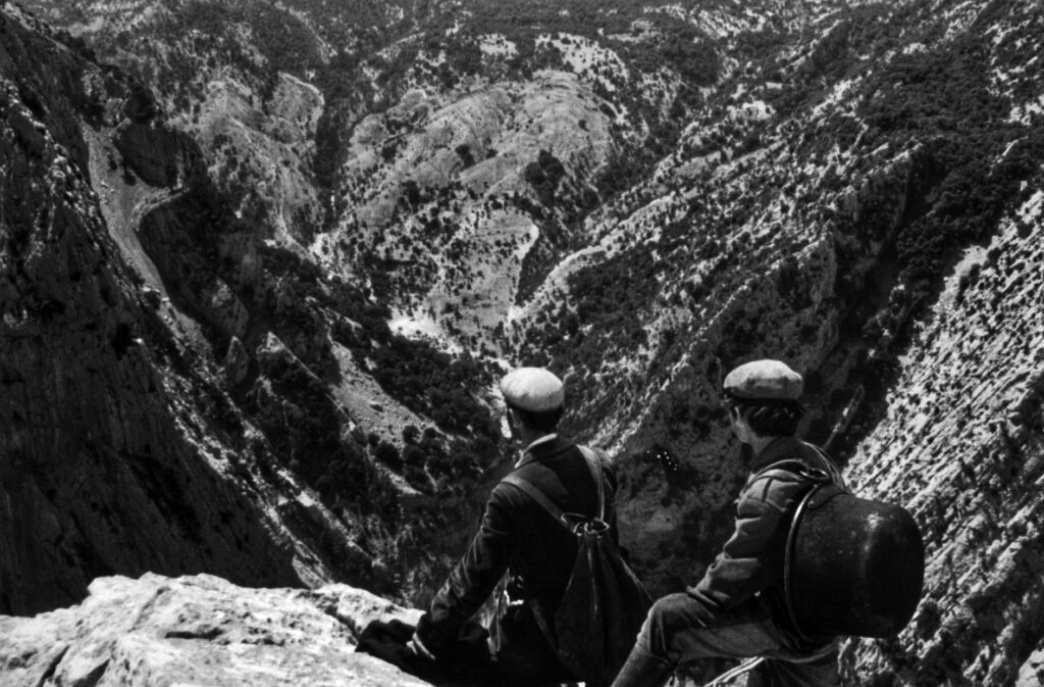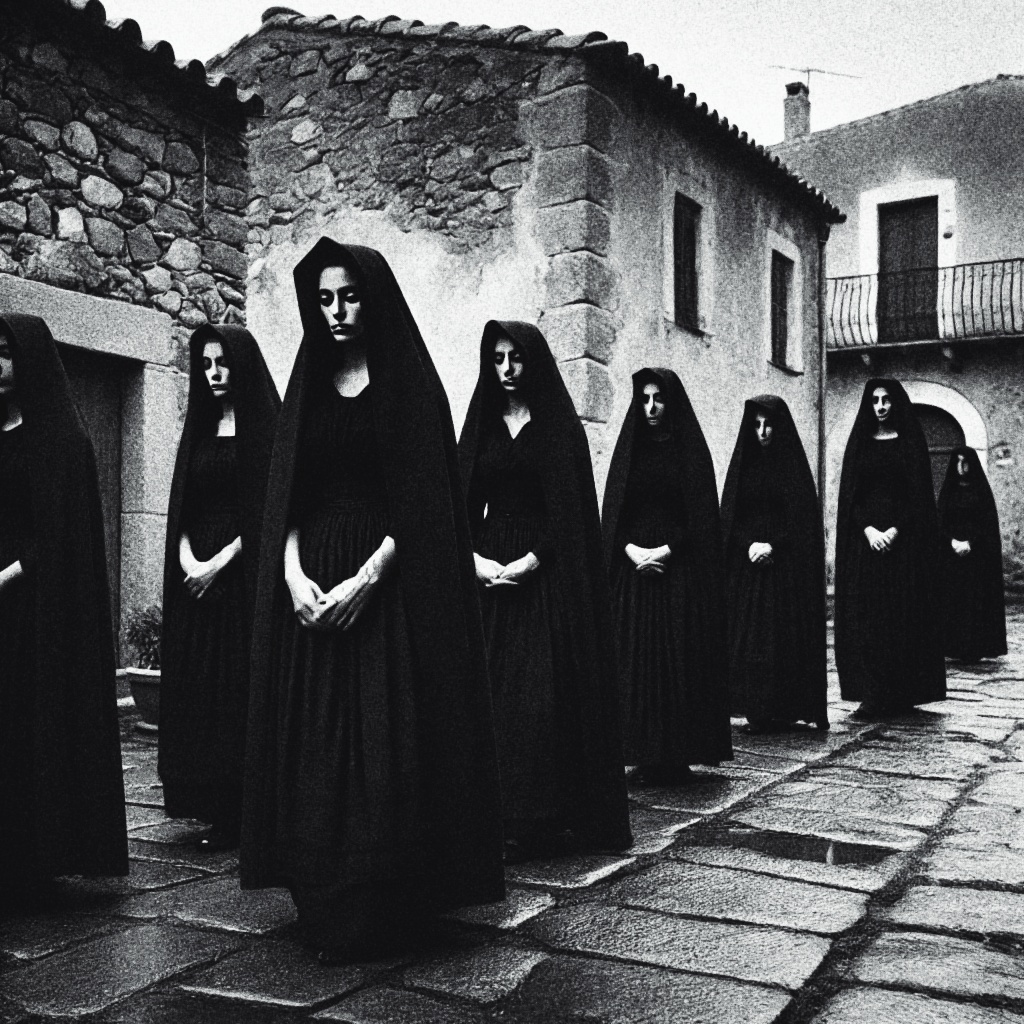Everyone has, at least once in their life, forced a smile in a situation where there was nothing to laugh about.
Well, you should know that there is a plant, probably Oenanthe crocata, that forces a dying person to smile. And you should also know that the ancients called this plant sardonic herb.
The Treccani encyclopedia states that the sardonic herb is a poisonous plant, once believed to originate from Sardinia.
The Greeks and Romans already knew it was toxic, and its ingestion was said to cause a contraction of the facial muscles, transforming the expression into a disturbing grin, later called the sardonic smile.
An ancient Greek historian may have mentioned the existence, among the Sardinians, of a sweet-tasting plant, similar to wild celery, which, when ingested, “distended the jaws and flesh.” Even Homer, in the twentieth book of the Odyssey, describes Odysseus “smiling sardonically”, aware of the impending death of Ctesippus, an arrogant and unpleasant suitor of Penelope.
Between myth and reality, Timaeus of Tauromenium is said to have recorded a story about geronticide in Sardinia: the elderly over 70, considered a burden to society, were killed and then thrown into a ravine. They died with a cruel grin frozen on their faces—probably caused by ingesting the sardonic herb. I therefore deduce that the effect of this plant, also called “devil’s parsley,” was truly diabolical: it caused convulsions and forced muscle contractions, leading to death, producing the so-called sardonic smile. According to some, these rituals were performed in honor of Kronos.
It is unclear whether it was the murdering children or the murdered fathers who smiled. But what is clear is that Kronos, the Titan of time and destruction, symbolically mocks the meaninglessness of life—which must inevitably destroy the old to allow the new to be born, continuing this cycle endlessly.
I have learned that some linguistic expressions in Sardinia may still recall this practice of geronticide, such as the saying: “portare is beccius a sa babaieca,” meaning “to take the elders to the cliff.”
In Urzulei, there is a ravine called “Pigiu de su Becciu” (the old man’s pit); in Gairo, a rural path leads to a precipice called “Sa Babbaieca”, and in Orotelli, there is “S’impercadortzu de sos betzos” (the cliff of the elders).
At the Archaeological Museum of Cagliari, I came across a Punic mask with deep wrinkles and an unsettling forced smile.
Whether this mask truly represents the sardonic grin, and whether the practice of ingesting a poisonous herb to die suffering but smiling originated in Sardinia or among the Punic-Phoenicians, we cannot say for sure.
What is interesting, however, is how the devil’s parsley, sweet in taste but bitter in effect, has taken on the name of a people like the Sardinians—a people who have never fully reckoned with their past and who now, with a forced smile, look toward the future, unaware that they may have killed their fathers… making them suffer just a little too much.
But if, according to legend (which perhaps is not just a legend), the elderly were willing to die to make room for the young, today Sardinia is suspended between the old and the new: the old, who, having never truly loved their children, refuse to let go, and the new, who struggle to find their place in the present, unable to grasp the link that connects them to the past.



